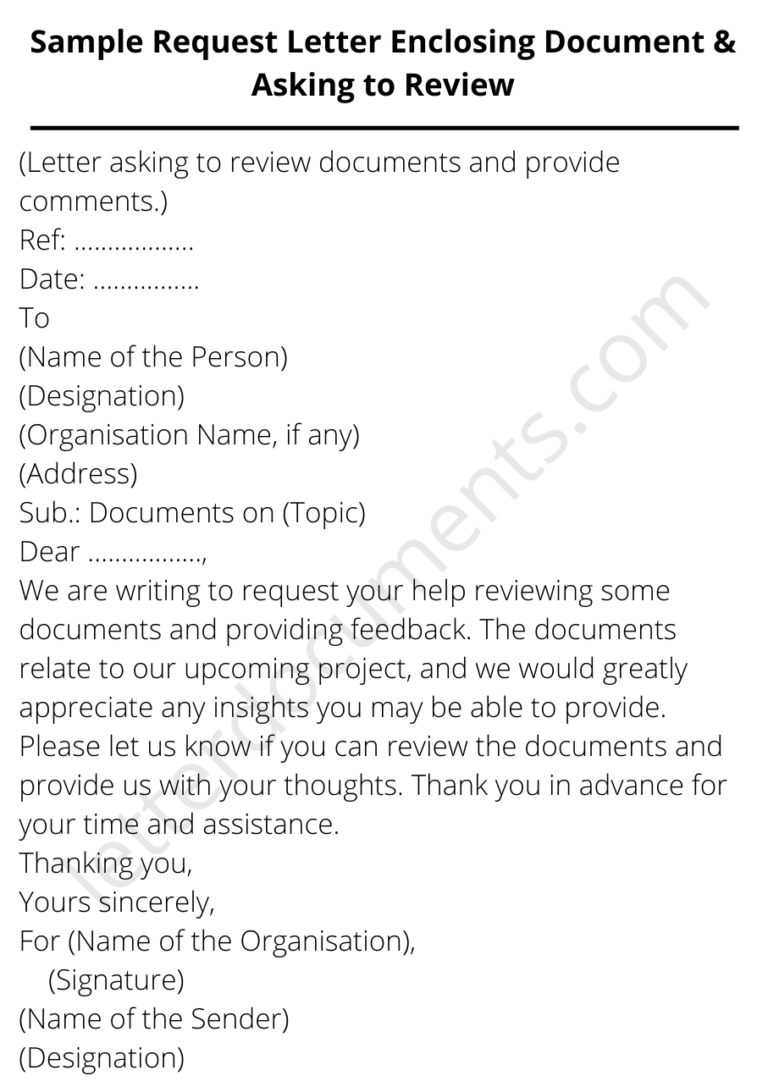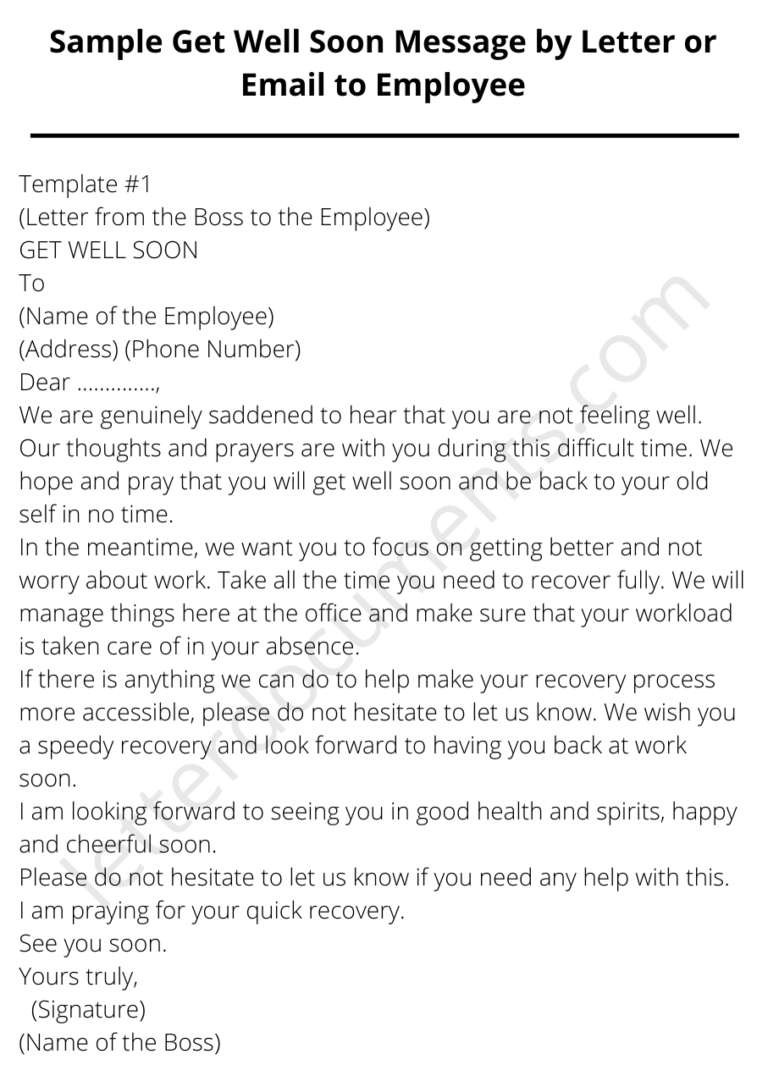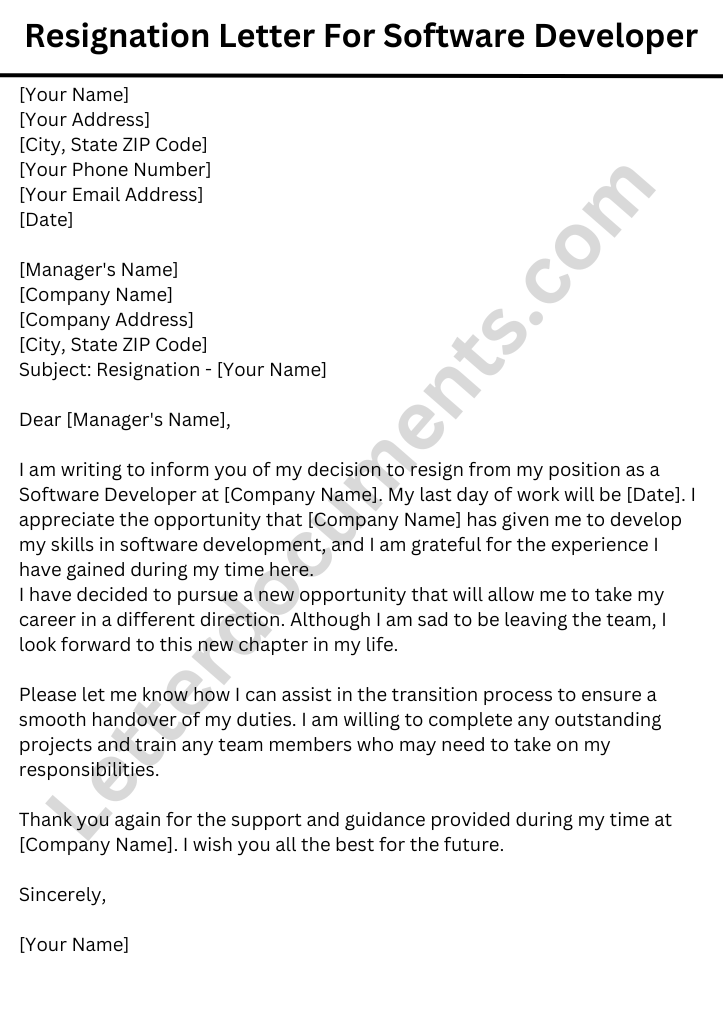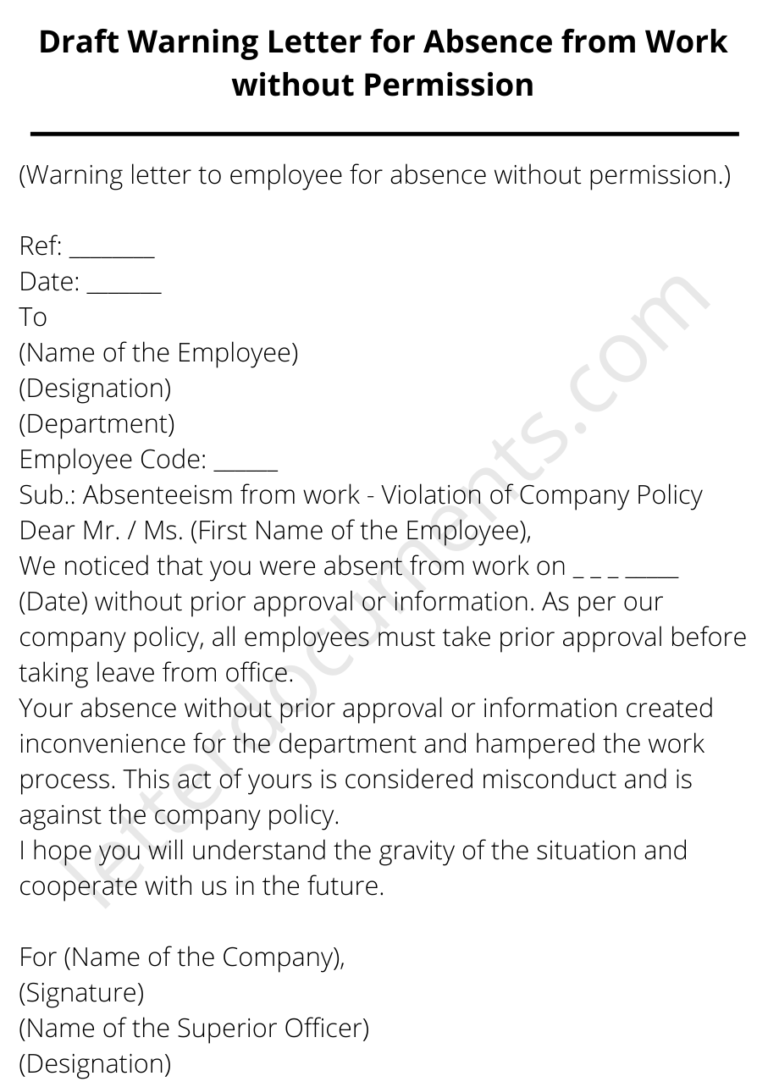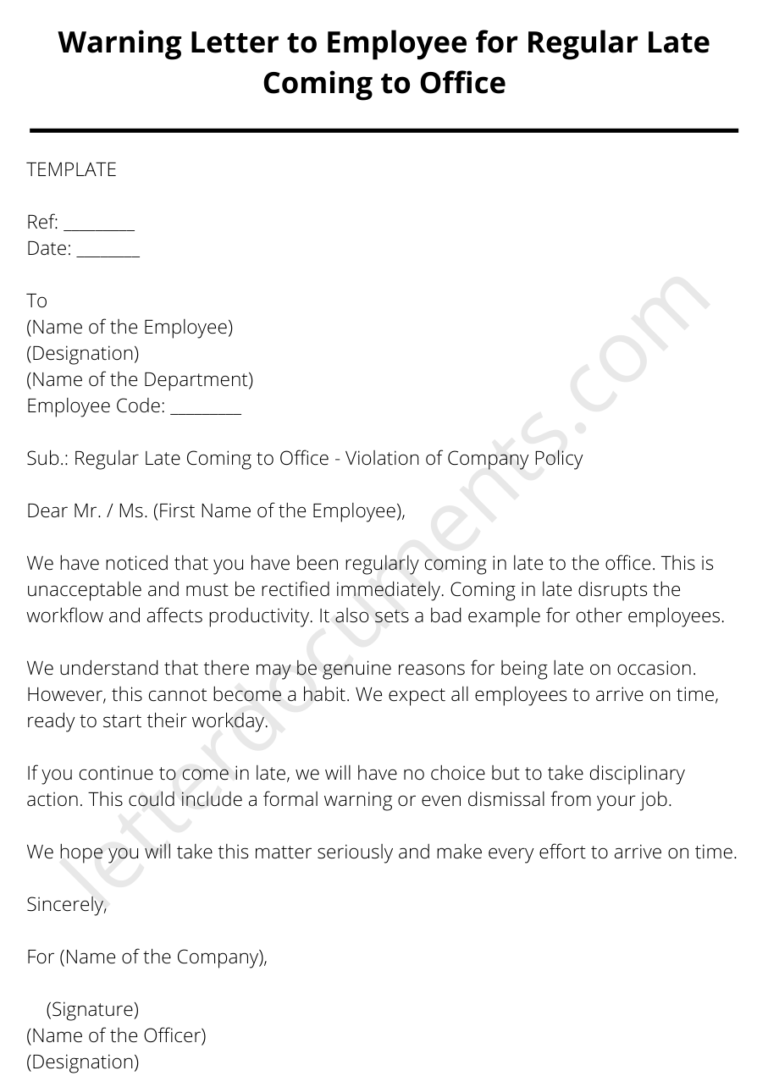Relieving Letter & Experience Certificate from Employer Format
If you seek a new job, you will likely need to provide your potential employer with copies of your previous experience certificates. An experience certificate is an official document confirming an employee’s work history and job duties. This certificate can be used as verification for a new employer, or it can be used as supporting documentation for other purposes, such as applying for a mortgage or car loan.
When asking your employer for an experience certificate, it is essential to follow proper protocol:
- You should request the document in writing. This will give your employer time to prepare the certificate and create a paper trail verifying your request.
- You should provide your employer with the information they need to prepare the certificate. This includes your full name, job title, dates of employment, and a brief description of your duties.
- It would help if you thanked your employer for their time and assistance.
Similar Post: Application Format for No Objection Certificate from Employer
Relieving Letter and Experience Letter: Everything You Need to Know
When leaving a job, it’s essential to ensure that you have the necessary documents to support your next career move. Two of the most important documents are the relieving and experience letters. This article will explain these letters, why they are essential, and how to obtain them.
What is a Relieving Letter?
A relieving letter is a document issued by an employer to an employee who has resigned from their position. It confirms the employee’s decision to leave the organization and specifies the date of their last working day. The letter also serves as an acknowledgment of the employee’s contributions and behavior during their employment period. A relieving letter is essential for employees as it is required for various purposes, such as joining a new organization, applying for a visa, or availing of certain benefits.
What is an Experience Letter?
An experience letter is a document issued by an employer to an employee when they leave the organization. It serves as proof of the employee’s employment period and their experience in the organization. An experience letter typically includes details such as the employee’s job title, employment dates, responsibilities, and achievements. Like a relieving letter, an experience letter is an important document that employees can use to enhance their future job prospects.
Why are Relieving Letters and Experience Letters Important?
Relieving letters and experience letters are essential for several reasons. First and foremost, they provide proof of employment, which is necessary for many formalities, such as visa applications and bank loans. Moreover, these letters serve as a testament to the employee’s professional conduct and performance, which can significantly enhance their job prospects in the future. A relieving letter and experience letter also help the employee to build a positive relationship with their previous employer, which may be helpful for future references or networking.
How to Obtain a Relieving Letter and Experience Letter?
Obtaining a relieving letter and an experience letter is a straightforward process. Employees should inform their employer well in advance and request the necessary documents when they resign. Typically, the employer will issue the relieving and experience letters within a few days of the employee’s last working day. Ensuring that the letters are accurate and include all the necessary details is essential. In case of any discrepancies, the employee should request the employer to rectify them promptly.
Similar Post: Request Letter to Boss/HR for Work Experience Letter/Certificate
TEMPLATE
(Relieving and experience certificate letter.)
Ref: __________
Date: _________
To
(Name of the Employee)
(Communication Address)
Mob. __________
Email Id: ____________
Sub.: Relieving confirmation and experience certificate.
Dear Mr./Ms. __________,
I am writing to you to provide a relief and experience certificate for Mr. Smith, who has worked as a software engineer at our company for the past two years.
Mr. Smith has been an excellent employee with us, and we have been delighted with his work. He is highly knowledgeable in his field and has always been able to complete any task we have given him. Additionally, Mr. Smith is a great team player and has always been willing to help out other members of our team when needed.
We are sad to see Mr. Smith go, but we understand that he has decided to move on to new opportunities. We wish him all the best in his future endeavors and would be happy to provide him with a positive reference if needed.
We wish you all the very best in your future endeavors.
Sincerely,
For __________ Private Limited,
(Signature)
(Name of the Officer)
(Designation)
Conclusion
In conclusion, a relieving letter and an experience letter are essential documents that serve different purposes in the professional world. A relieving letter is issued to employees who resign or are terminated from their job, confirming the end of their employment relationship with the company. On the other hand, an experience letter is a document that confirms an employee’s work experience, job responsibilities, and overall performance during their tenure at the company.
Both letters should be written in a professional and polite tone, and the contents should be accurate and truthful. Following the proper format and including all necessary details in the letters is essential. Employers should ensure they issue these letters to their employees promptly to avoid delays or inconvenience.
These letters can be crucial for employees’ job search and career growth. A well-written experience letter can strengthen their job applications and increase their chances of getting hired in their desired roles. A relieving letter, on the other hand, can help them avoid any legal or administrative issues with their former employers.
In summary, both relieving and experience letters are essential in the professional world. Employers and employees should give them due importance and follow the best practices when drafting and issuing them.

